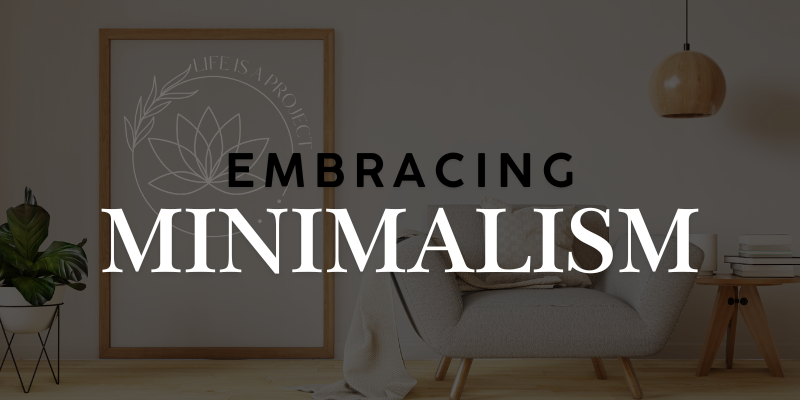When the Mask Came Off
I never saw it coming. I thought things were fine—until they weren’t. We’d been together for a while, and while it wasn’t perfect, I figured no relationship ever really is. So when the breakup hit, it blindsided me.
But what came after the initial shock was the real gut punch. I had to face some hard truths about myself—truths that I’d been ignoring or maybe didn’t even see until my most recent partner pointed them out. One of those truths? I was a people pleaser, and it was a big part of what broke us apart.
This is the story of how I discovered that side of myself and how I’m working through the toxic habits that came with it, including something I didn’t even know was a problem: toxic positivity.
The Pattern I Didn’t See
Looking back, it’s painfully clear. I have this habit of putting other people’s needs before my own, especially in relationships. It’s not that I didn’t care about my own well-being—it’s that I convinced myself that making others happy was the best way to keep things running smoothly.
Every time we had an argument, I’d brush it off with, “It’s fine, I’m fine, don’t worry about it,” even when it wasn’t. I thought that if I stayed positive and avoided conflict, I could keep the peace. I believed that pretending everything was okay would eventually make it okay.
But it didn’t.
My partner started to point out how I would constantly put their feelings ahead of mine, even in moments when I should’ve stood my ground. They felt unheard, like they were always walking on eggshells around me because I didn’t allow real conversations to happen. I was so focused on avoiding confrontation that I never gave them the space to express themselves fully.
And here’s the kicker: I wasn’t just lying to them—I was lying to myself.
The Problem with Toxic Positivity
Here’s where toxic positivity came in, and this was the hardest part to admit. For a long time, I’d heard how “positive thinking” could change your life, so I tried to apply that to every situation. If something went wrong, I’d quickly say things like, “It could be worse,” or “Let’s just focus on the good things.” I thought I was being supportive, but in reality, I was shutting down any discussion about the harder, messier emotions.
When my partner tried to tell me they were struggling, I’d push it aside with an overly positive spin, thinking I was helping. But instead, I was invalidating their feelings. I wasn’t giving them the chance to express their frustrations or sadness. I had this mindset that “good vibes only” was the best way to handle life.
But toxic positivity creates a disconnect. It ignores the real issues. Instead of facing our problems head-on, I kept shoving them into a corner with a forced smile, and over time, they piled up until they couldn’t be ignored anymore.
Facing the Mirror: How I Realized I Was a People Pleaser
After we broke up, I spent a lot of time reflecting on what went wrong. I kept asking myself, “Why did I let it get so bad?” That’s when I started reading more about people-pleasing tendencies, and it hit home—hard. There it was, staring back at me in black and white: I was the classic people pleaser, avoiding conflict at all costs, and in the process, I’d lost sight of my own needs and my partner’s needs.
I learned that people pleasers often have a deep fear of rejection and abandonment, and they believe that if they make everyone happy, they’ll be loved. That’s exactly what I was doing. I was afraid of losing my partner, so I bent over backward, never saying no, never speaking up, and always pretending to be okay.
It wasn’t love—it was fear disguised as love.
The Healing Process: Learning to Speak My Truth
Coming to terms with this was rough, but it was also a turning point. The breakup forced me to take a hard look at the way I handled relationships and how I constantly put my own needs on the back burner.
Here’s what I’m learning to do now:
- Let Go of Perfection: Relationships aren’t about avoiding conflict or pretending everything’s perfect. They’re about working through the tough stuff together. I’m learning to be okay with messy conversations and uncomfortable emotions.
- Set Boundaries: People-pleasers hate setting boundaries, but I’m starting to understand how important they are. It’s not selfish to say “no” or to express what I need. In fact, it’s necessary for a healthy relationship.
- Allow Negative Emotions: I’m working on letting myself feel the full range of emotions—without trying to force a positive spin on everything. Sadness, anger, frustration—they’re all valid, and they all deserve to be acknowledged.
- Self-Validation: I’m learning to validate my own feelings instead of constantly seeking approval from others. I don’t need someone else to tell me I’m worthy—I can believe that on my own.
Moving Forward: What I’ve Learned
This journey has been tough, but it’s also been incredibly eye-opening. I’m realizing that I don’t need to be perfect, I don’t need to be everyone’s rock, and I don’t need to hide behind positivity all the time. Being authentic, showing my vulnerabilities, and setting boundaries are all part of building real, lasting connections.
I’m still a work in progress. I don’t have all the answers, and I’m sure I’ll stumble along the way. But for the first time, I feel like I’m living more honestly—both with myself and the people around me.
So, if you’ve ever found yourself stuck in the same pattern—constantly putting others first, hiding your own feelings behind a mask of positivity—I want you to know this: You don’t have to be everything for everyone. You don’t have to be perfect. You just have to be real.
And that’s more than enough.



